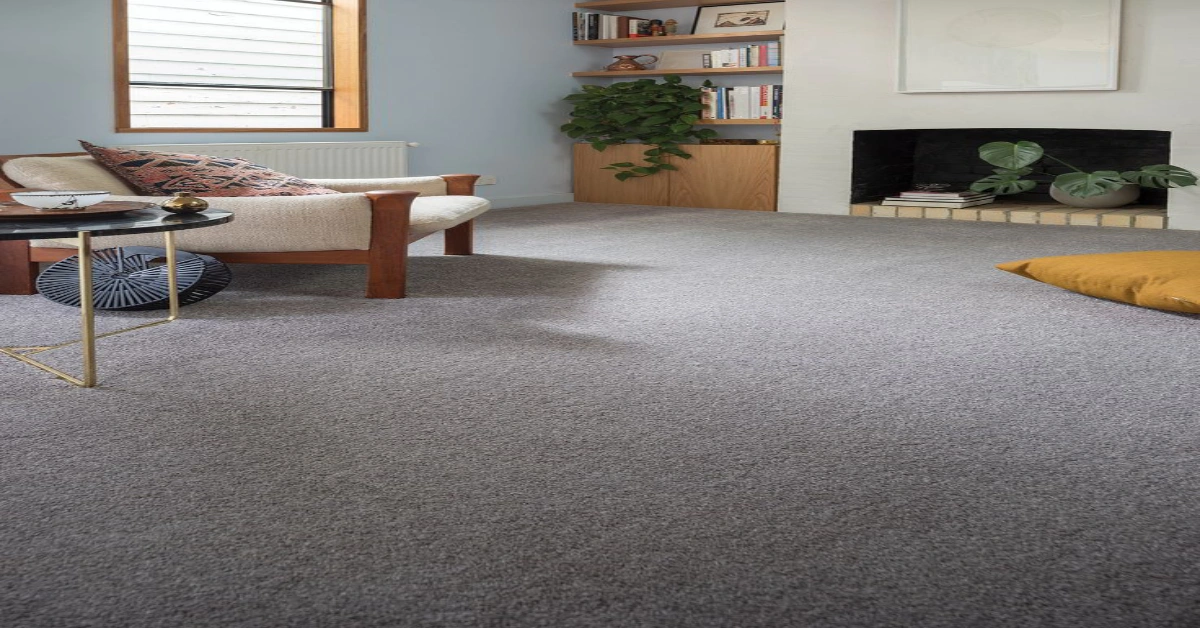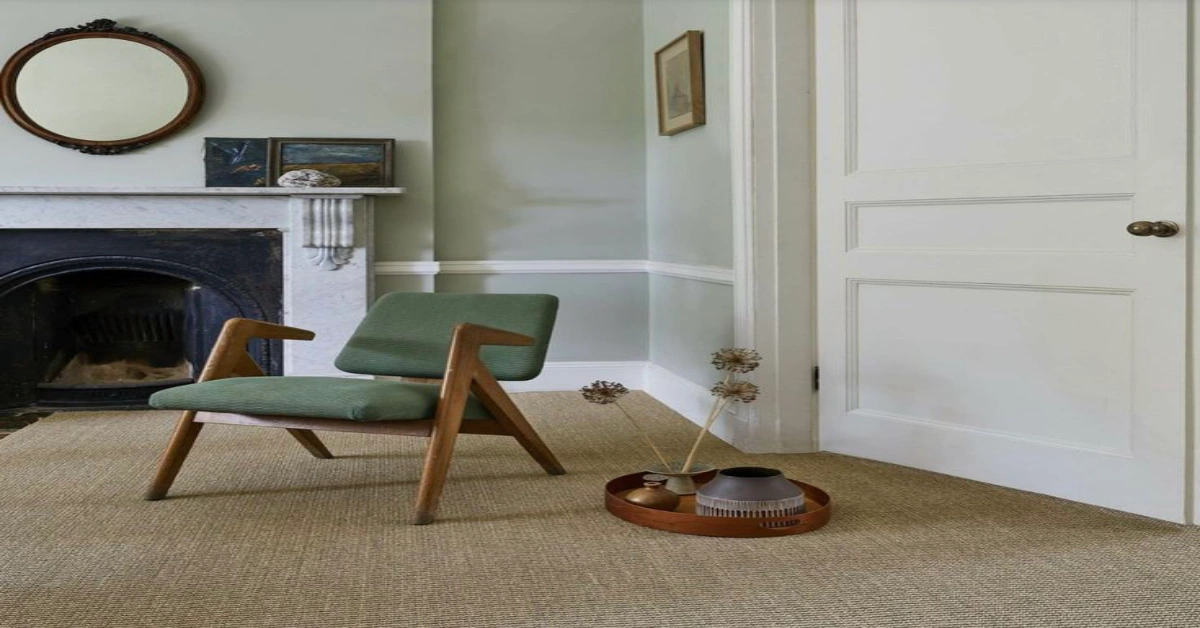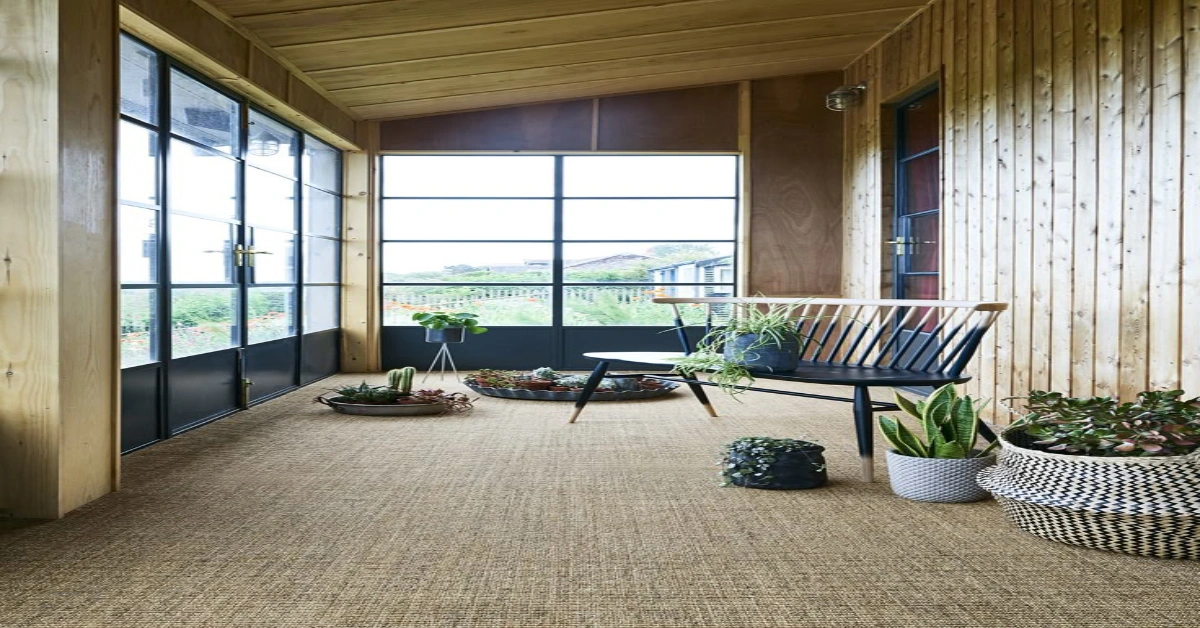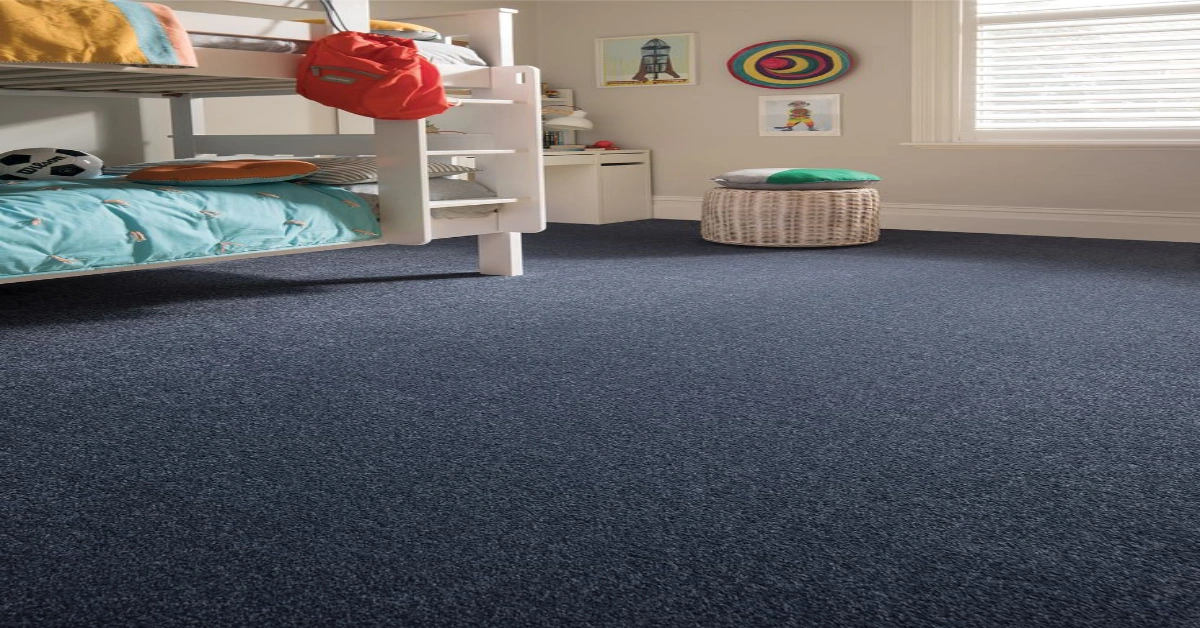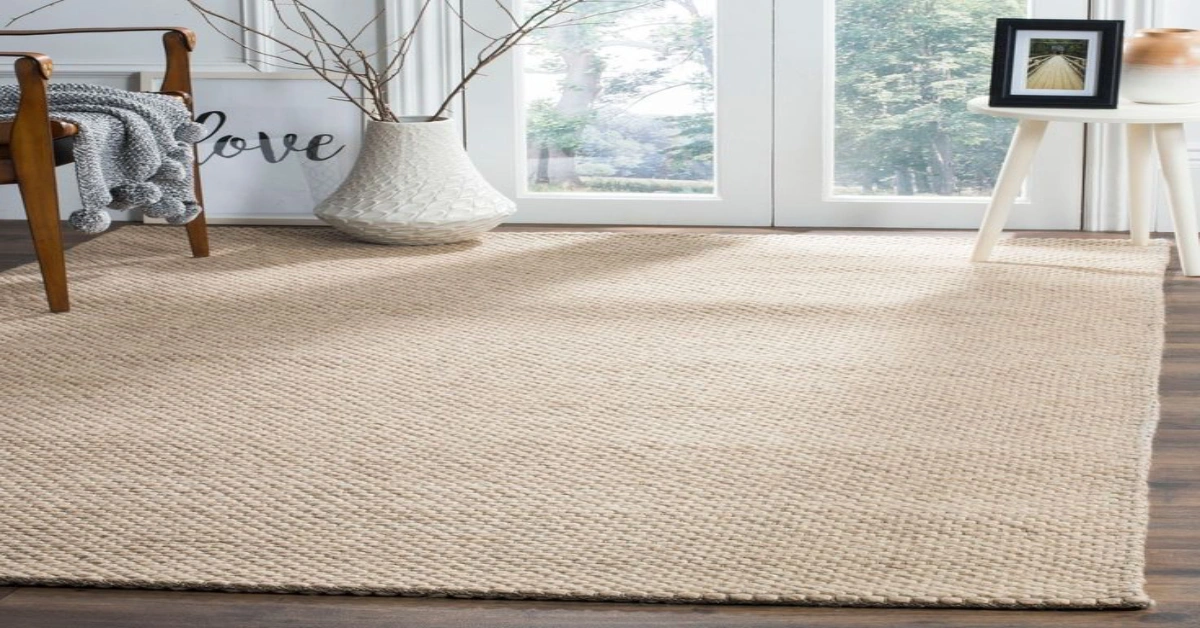Are Sisal Carpets Suitable For Wet Environments? Pros, Cons, & Alternatives
Are Sisal Carpets Suitable For Wet Environments? Pros, Cons, & Alternatives
Sisal carpets have always been a point of debate due to their unique charm and rough, natural texture. They bring texture, calm tones, and that organic touch that softens up modern interiors without compromising fashion.
Still, when it comes to areas that see frequent moisture like entryways, kitchens, or bathrooms, the same natural traits that make sisal beautiful can also work against it. Today, we’ve answered in this blog post at Sisal Carpets whether it’s a good fit for wet environments or not.
Sisal Carpets Vs High Humidity: All Put Together in One Frame
Knowing when and where to use something makes all the difference between a lasting investment and a short-lived disappointment. Let’s unpack how sisal behaves in damp conditions, why it works well in some rooms but not others, and what to consider when you still want that look without all the risk.
How Sisal Carpets Responds to Moisture Over Time?
Unlike synthetic fiber, sisal is plant-based and naturally absorbent. That means when it comes into contact with moisture even if only for a short time, it doesn’t just dry and move on. The fibers react by tightening or swelling, sometimes pulling unevenly or leaving behind darkened spots.
In high-humidity environments, you might notice warping, stiffness, or even mildew if air circulation is low. The more often the carpet is exposed to moisture, the more likely it is to lose its original shape and tone. While a brief spill can usually be managed with quick blotting, regular dampness is where sisal starts to struggle.
Why Sisal Carpet Works in Dry Spaces But Struggles in Damp Ones?
In dry zones like sitting rooms, guest areas, or home offices, sisal carpet offers a lot to love. Its tight weave keeps things neat, and its neutral shades pair effortlessly with modern or rustic designs. It handles dry foot traffic well, hides minor dirt, and doesn’t cling to dust the way shaggy carpets do.
But in rooms where spills are common or humidity stays high such as laundry zones, entryways during monsoon, or kitchens, it rarely holds up for long. Moisture slips into the backing, lingers in corners, and breaks down the fiber’s strength. That’s when beauty turns into maintenance and eventually, a regretful investment.
Common Problems Observed in Damp Settings
Homeowners who keep sisal in wet or semi-wet conditions often notice visible changes within months. Fibers start to break down, losing their tight form and colors begin to shift, often appearing dull or spotty. Fringes and edges start to fray, making the piece unsafe as loose fibers gather.
The jute backing softens, causing uneven thickness and wrinkles. In extreme cases, mold appears underneath, unseen until cushions or furniture are moved. As these issues escalate, part replacement or total carpet removal may become necessary, turning what looked like a design win into an unnecessary expense.
Sisal’s Natural Resistance And Its Limits: A Brief Overview
It’s true that untreated sisal does manage dry stains better than light-colored wool or synthetic carpets. Its fiber structure resists water absorption better than some materials, meaning quick spills won’t sink deep immediately. However, this advantage disappears with repeated moisture exposure.
Even so, for short-term use in semi-wet spots like in front of patio doors or lightly rained balconies, sisal carpet can perform well if you clean and dry it promptly. The trick lies in acknowledging the limits: occasional dampness may be fine, but areas that stay moist are asking for trouble.
Maintenance Steps To Help Sisal Carpet Survive Damp Areas
When using sisal near moisture-prone zones, you can take steps to prolong its life. First, try placing low-profile rugs underneath to absorb spills better. Second, you need to make sure constant ventilation in humid rooms so carpets don’t stay wet.
Third, it’s not a new thing to mention that spot-clean spills immediately and dry the area with fans as fast as possible. Plus, you can use water-resistant padding or mats underneath.
For added protection, you can apply protective sprays that repel moisture but only if they don’t change the fabric feel/texture. Also, don’t forget to rotate the carpet frequently to expose faded areas to air. For situations, when stains occur, try cleaning early with mild cleaners and opt for swift drying to delay fiber decay.
Better Alternatives For Moist Areas That Mimic Sisal Look
You can achieve a similar warm and textured aesthetic without using pure sisal in wet conditions. A few best alternatives are listed below:
Synthetic sisal-look carpets made from polypropylene or polyester. These are colorfast, water-resistant, and easier to clean.
Seagrass Rugs with vinyl backing. While natural, they resist moisture better and can dry faster.
Wool-blend rugs treated with moisture barriers. They offer plush texture while handling spills lightly.
Polished concrete or wood-look vinyl flooring that retains woodgrain charm without fibrous issues.
Textured LVT or vinyl tile flooring that provides natural feel underfoot and can be hosed clean when needed.
Case Examples: Where Sisal Works & Where It Doesn’t?
In a formal dining room or sunlit home office, sisal carpet anchors the décor beautifully without issue, especially when paired with neutral walls and wood furniture, it feels timeless. On covered outdoor patios where rain is rare, sisal carpet can remain functional for years if cared for.
But bathrooms, near dishwashers, behind planters, or in laundry rooms usually spell trouble. Even backsplash zones or entrances with frequent shoe traffic aren’t ideal. In those places, you’ll notice wrinkles, mold, and rough fiber within a single season leading to replacement costs and safety risks.
Go For Sizing & Layering To Protect Moisture-Prone Sisal
If sisal is important for style continuity, consider smaller accent rugs instead of full coverage. Layer them over more water-resistant materials, such as grabbing Sisal Rugs or latex-backed pads. This way, any dampness reaches the backing first. Backup mats under plant stands or chairs catch leaks.
Choose corners or shade zones away from direct water sources. Keep dressings flush against threshold areas. Small additions like funneling mats from balcony to indoor space prevent the moisture from creeping in. This hybrid approach gives you the look without fully sacrificing practicality.
Our Conclusion
Sisal carpets offer beautiful texture, vintage warmth, and natural tone that enhance interiors. But moisture exposure significantly shortens their lifespan. If the plan includes combined indoor-outdoor spaces, bathrooms, or high-humidity zones, sisal is best avoided.
For living zones, offices, or shaded spaces, it performs well with proper cleaning and care habits. Alternatives with similar aesthetics but better moisture resistance can keep your design vision intact and make maintenance easier. Ultimately, the decision comes down to matching materials with environments—so decor remains intentional, not compromised.

